Bodium, quintessential, archetypal, photogenic and the most romantic of all British castles. A visit to Bodium castle is a must for all castle lovers and history fans.
/Why visit Bodiam Castle?
A visit to Bodiam castle is a must for all castle and history lovers. If you have never been to a castle, Bodiam is a great starting point. It is simply a beautiful, iconic 14th century castle, which on a summer’s day is unsurpassed. It has been described by Dr Marc Morris in his book on castles as; “the most photogenic and one of the most visited castles in Britain. Its ravishing good looks have made it a firm favourite with calendar compilers and magazine editors.” .You will be able to see good examples of typical castle features eg its round and square towers, its moat and machicolations. You will experience a place where your imagination can run riot. If you were in charge of a besieging army, how would you get across the moat and how would you scale the walls? You will be able to climb the spiral staircases of the towers and get amazing views of the surrounding countryside, just like soldiers on guard duty. Look down at where the cars are parked and imagine the invading French drawing up in their ships! The French were a constant threat and in the 1370s and 1380s, both nearby Rye and Southampton, were raided. What we particularly liked doing was to search for examples of medieval graffiti and mason’s marks. There are even some marks created to ward off any evil witches! Added to this, a visit to Bodium is a great experience for children, story telling, archery, climbing spiral staircases in towers. We first took our third son to Bodiam when he was 5 years old and it obviously had such an inspirational effect on him that he later went to York University to do a B.A. in History and based his dissertation on Bodiam Castle! A day spent at Bodiam castle, in the lovely Sussex countryside with a picnic or great food in the National Trust cafe is a day well spent. Needless to say we have enjoyed freshly baked cakes and tea on numerous occasions at National Trust properties.
Who built Bodium Castle?
Sir Edward Dallingridge asked king Richard II for permission to “crenellate” Bodium ie build a castle, in 1385 and began construction soon afterwards.
Who were the Dallingridges?
In the century preceding the castle’s construction, the Dallingridges had a fairly rags to riches story, albeit good quality rags! They have been described as prosperous peasants. Edward’s great-grandfather was a forester with a few acres of land. Next in line, John went up in the world by marrying a local knight’s daughter. His son, Roger married twice, at first to a rich heiress and when she died, to a rich widow. Roger climbed the social scale by becoming a Justice of the Peace, the sheriff of Sussex and finally a member of parliament! Edward then topped this by marrying a very rich heiress, Elizabeth Wardieu who on the death of her father inherited land in five different counties!
Did they have a coat of arms?
The middle shield is Sir Edward Dallingridge’s coat of arms that was passed down by his father and grandfather. On the left is the coat of arms of his wife, Elizabeth Wardieu and on the right are those from his mother’s family, the Radyngens. Above these three, is a carving Edward’s tournament helmet with a unicorn, a symbol of Christ. The unicorn was used as a symbol of Christ because it suggested a pure creature hunted for its blood and thus Dallingridge was a warrior who was willing to sacrifice his blood too!
What is the link between Bodiam Castle and the Hundred Years’ War?
Above you can see the rear gatehouse and three shields, the middle one being the coat of arms of Sir Robert Knollys, with a rams head above being another symbol linked to Knollys. He has been described by Dr Marc Morris as , perhaps, the most notorious individual of his age…..He owed his reputation to his own savagery; even in a brutal age, knolls stood out as a man more brutal than anyone else.” He made his fortune on several trips to France in the Hundred Years’ War. He raided places of all sizes from cities to towns, he plundered and looted whenever possible and held knights and even whole villages, to ransom! What is the link to Bodium? He was Sir Edward Dallingridge’s captain! Dallingridge would have benefitted from Knolly’s exploits. Analysis of English Crown documents reveals that Dallingridge crossed to France at least six times in the 1360s and 1370s. The armour of a captured or killed knight could be sold by Dallingridge or Knollys for £400 which would be twice as much as Dellingridge could earn from his English estate! Dallingridge’s inheritance, his wife’s fortune and now his French plunder could now be used to secure his family’s rise in social standing by financing a castle, the ultimate symbol of status.
Why was Bodiam castle built?
Ownership of a castle delivers status and the more spectacular the castle, the higher the status.
Dr Sam Willis in his TV series on castles suggests that Bodiam was a romantic castle, harkening back to the mythical past rather than having a function by the 14th century and this in turn linked the owner back to days of chivalry and the great days of knighthood etc. Nostalgia.
To defend against a French invasion. The Hundred Years’ War had turned in France’s favour in the 1370s and 1380s with the French attacking the southern towns of Rye, Southampton and Plymouth. In those days, boats could get up to where the car park is today and so England was vulnerable in the Bodiam area.
The Peasants’ Revolt of 1381 shocked the governing classes and so Bodiam was built to suppress any idea of a peasant uprising in Sussex. It symbolised the power of the Dallingridges more than it would be able to physically withstand any possible attack.
Why do some historians say that Bodiam is not a proper castle?
It has big round towers at the corners, two gatehouses with portcullises and machicolations. To get to the main gatehouse there is a long bridge where attackers are vulnerable and what appears to be a draw bridge. Above all there is a spectacular moat that should prevent anyone getting close to the castle. However, it has a huge, easily attacked chapel window along one side wall (see above). Added to this, the walls are not very thick compared to those of earlier castles built to survive a major assault.
The moat would not prove too difficult to overcome. It is only six feet deep, rather shallow compared to earlier moats! Furthermore, it can easily be drained at its southern end. Look at the photo above and you can see the moat on the left, a raised path keeping the water in and on the left the ground falls steeply away. Any attacker could simply dig the path up and all the water would flow down the hill!
Although the bridge across to the gatehouse is long, there is no evidence for a drawbridge.There are no holes for the chains or ropes needed to raise a bridge and no evidence of where any winding mechanism could be housed!
The rear entrance at Bodiam was very poorly protected!
The rear entrance is quite a weak defensive feature. The moat is comparatively narrow at this point, it wasn’t equipped with a drawbridge and so it was easy to cross the moat and there was only one portcullis! The walls here are so thin that they can only support thin doors that of course could be easily smashed with a battering ram.
However, at first glance, Bodiam castle is very impressive, especially for visiting guests that Dallingridge wanted to entertain and to potential invaders who did not get too close!
The two photos above show the portcullises in the main entrance
Murder holes in the main gatehouse. All kinds of horrible things can be dropped on the people below as well as arrows being fired at point blank range.The space below the murder holes was often referred to as the “killing ground”.
Apparently, boats could sail right up the the area which today is used for a car park.
This is a fireplace in the kitchen used for roasting meat on a spit.To the left of the fireplace is a separate room , the “Pantry”.
Why was the pantry at Bodiam so important?
It was where all the bread was stored. The French word for bread was “pain” and hence gave its name to the place where it was stored.
Why did loaves of bread have a special room at Bodiam to store them?
Bread had a storage room because a large amount of it was consumed on a daily basis. Dallingridge had his family and all his servants to feed and everyone ate bread, lots of it especially because such things as potatoes had yet to be discovered and the upper classes did not eat vegetables. They came out of the ground and were seen as things that peasants eat! The household dogs would also be given plenty of bread and stale bread known as trenchers were often used instead of plates.
Bodiam’s “Game of Thrones”!
At the end of where the Great Hall once stood, two mini thrones have been placed. Join the queue for a quick photo.
Search for Bodiam’s witches’ marks, builder’s marks and medieval graffiti.
A fun thing to do is searching the castles walls for various carved marks. Investigate the gatehouse for what could be marks to scare away witches. They are circular in shape not too difficult to discover. Once you have found one, it is easy to find more. Then, go around the rest of the castle looking for other examples of medieval graffiti. Most stonemasons could not read but liked to leave a mark showing who had shaped particular building blocks. Look for arrows, crosses and triangles randomly distributed throughout the castle.
Below you can see some examples of stonemason’s marks that we discovered
Two other engaging activities for children are story telling and archery.
Is Bodiam Castle haunted?
Yes, apparently Bodiam is haunted. Its number one ghost is a lady dressed in red who appears at the top of one of the towers gazing out at something in the distance. No-one has worked out who she is and what she is gazing at! Others claim that she is seen on the evening of a full moon and is waiting for someone. Added to this, whilst a member of staff was locking up one day, she glanced up at a window and caught sight of a lady in a red dress. She thought that she had accidentally locked a member of the public in and so went to release her. A thorough search of the castle was carried out but no woman was ever discovered!
Another ghost was seen in 1994 in the form of a young boy who dressed in Dickensian style of clothing. The boy was seen running towards the castle but halfway across the bridge he disappeared! Ghost hunters have suggested that the may have fallen in the moat and drowned!
There have also been reports of people passing by at night and hearing “distinctive sounds of spectral revels” coming from somewhere inside the castle.Other people have reported 'strange oaths' and 'foreign-sounding songs' according to Richard Jones in his book’ “Haunted Castles of Britain and Ireland”. These may have been heard when the castle was in its prime and may explain the graffiti which supposedly kept witches away!
Find out more;
👉 Why did people build castles?
Opening times
Winter schedule
Castle 10:30 - 15:30
Car Park 09:45 - 16:30
Summer schedule from Sunday February 16th
Castle 10:30 - 17:00
Car Park 09:45 - 17:30
Winter schedule From November 2nd
Castle 10:30 - 15:30
Car Park 09:45 - 16:30
Please note there is a parking fee (pay and display ticket ): Non-members: £3.00 per car. NT members: Free.
Getting to Bodiam Castle
Bodiam’s official address is; Bodiam, near Robertsbridge, East Sussex, TN32 5UA
By road;1.5 miles (2.2km) east, off B2244, 3 miles (5.6km) south of Hawkhurst. Look out for The Curlew restaurant on crossroads opposite turning to Bodiam. 3 miles (5.6km) east of A21 at southern end of Hurst Green village, midway between Tunbridge Wells and Hastings. Parking: In main car park next to shop and tea room at bottom of site. Car park is approximately 400 yards from castle entrance. Free parking for NT members. Non members: £3 for cars, £50 for un-booked coaches.
By bus; 349 Stagecoach from Hastings train station to Hawkhurst, stops opposite main car park entrance. Operates Monday to Saturday. A new Sunday service will operate every Sunday until further notice. 2 for 1 entry for those arriving by bus on presentation of downloadable voucher and bus ticket. Visit Stagecoach website for details.
Unfortunately there is no rail link.
Ticket prices;
Whole property Gift Aid Standard
Adult £11.40 £10.30
Child £5.70 £5.15
Family £28.50

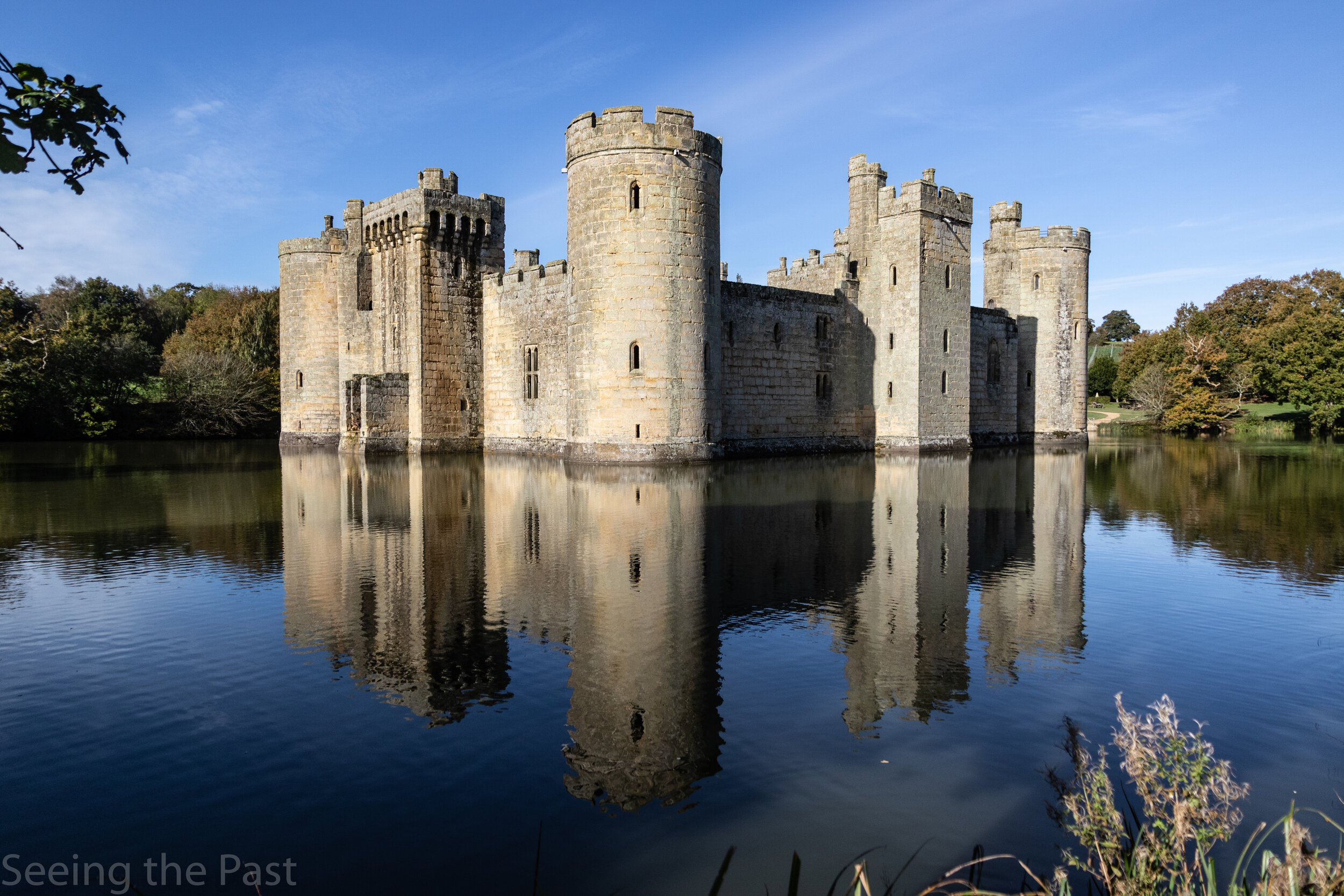











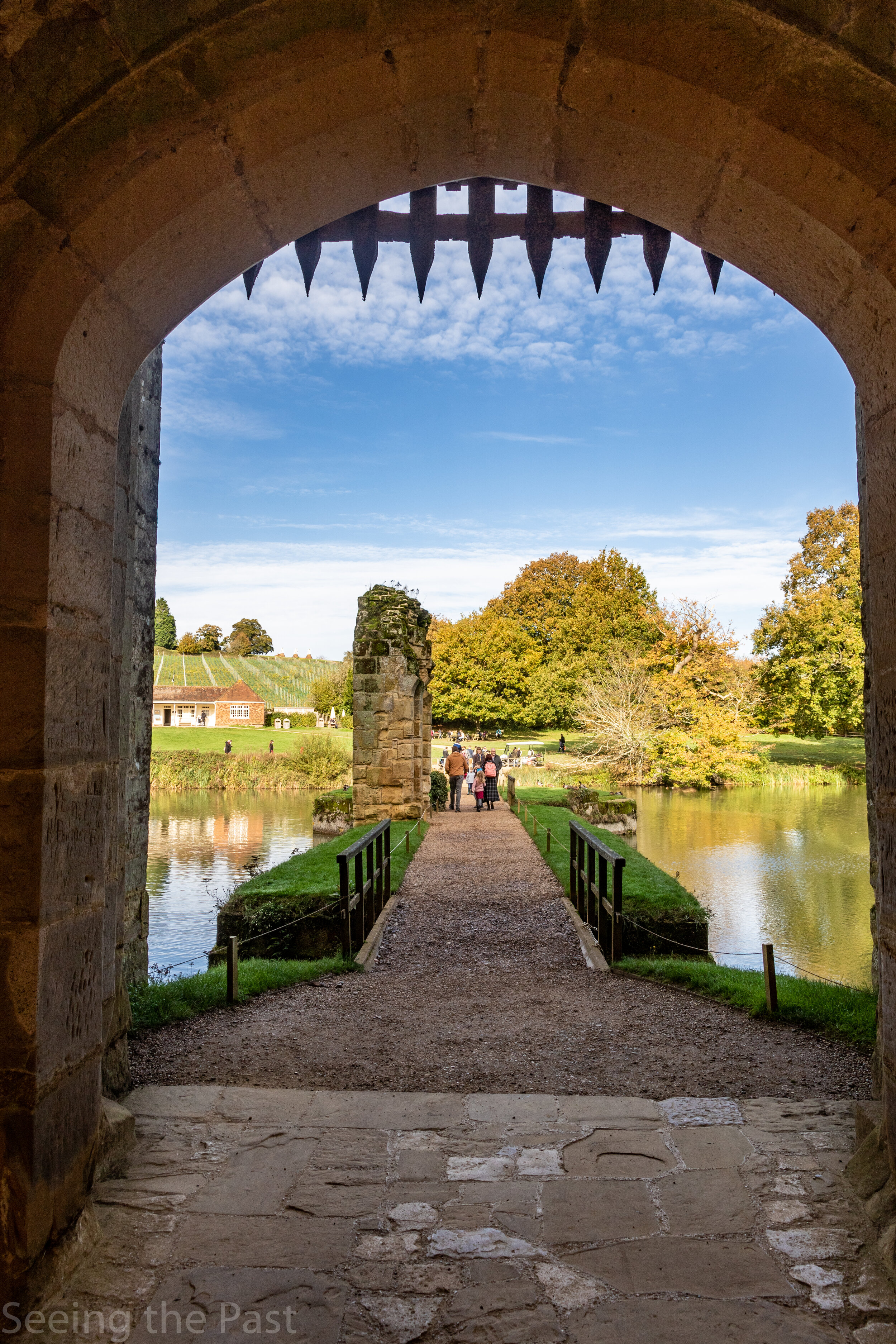


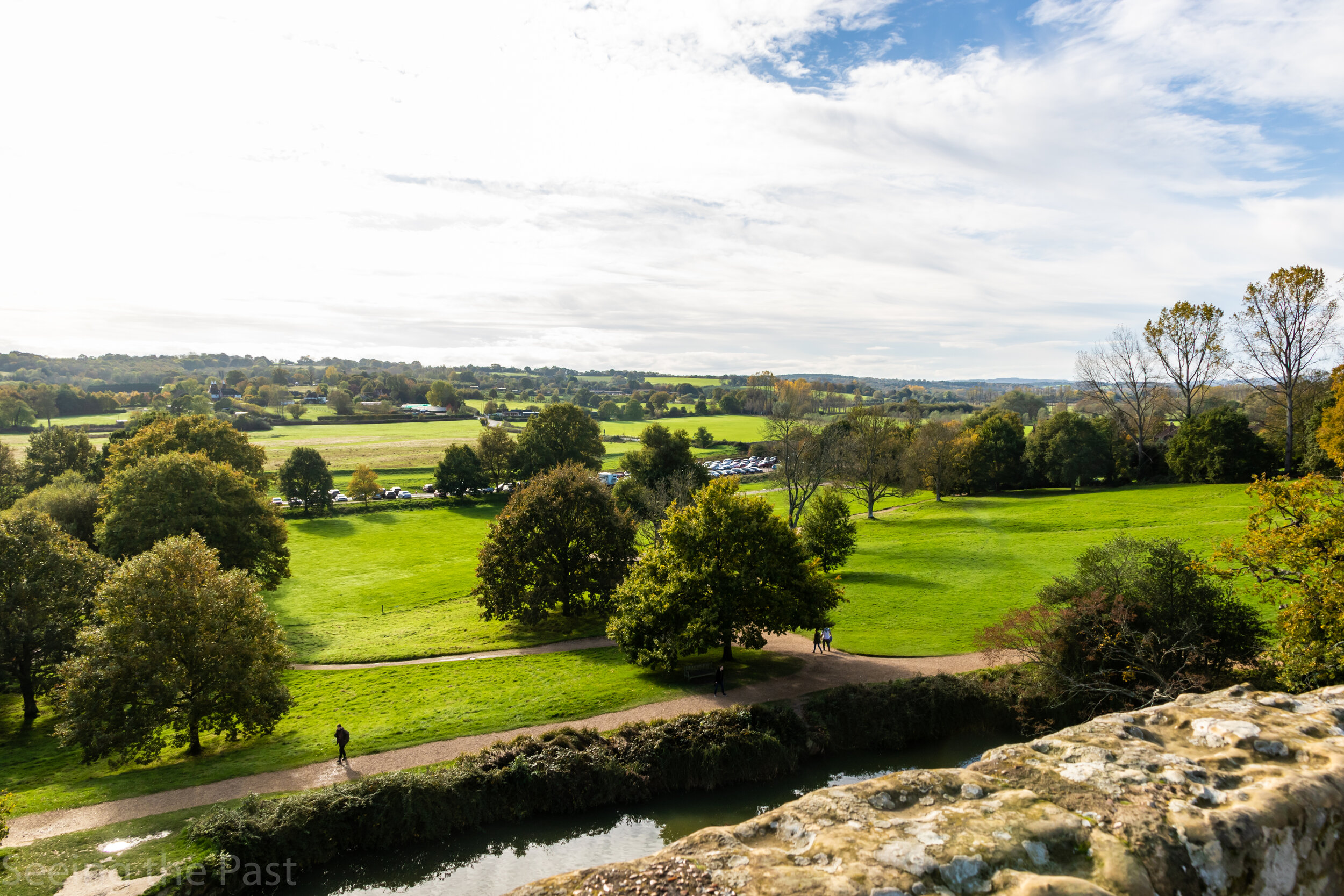




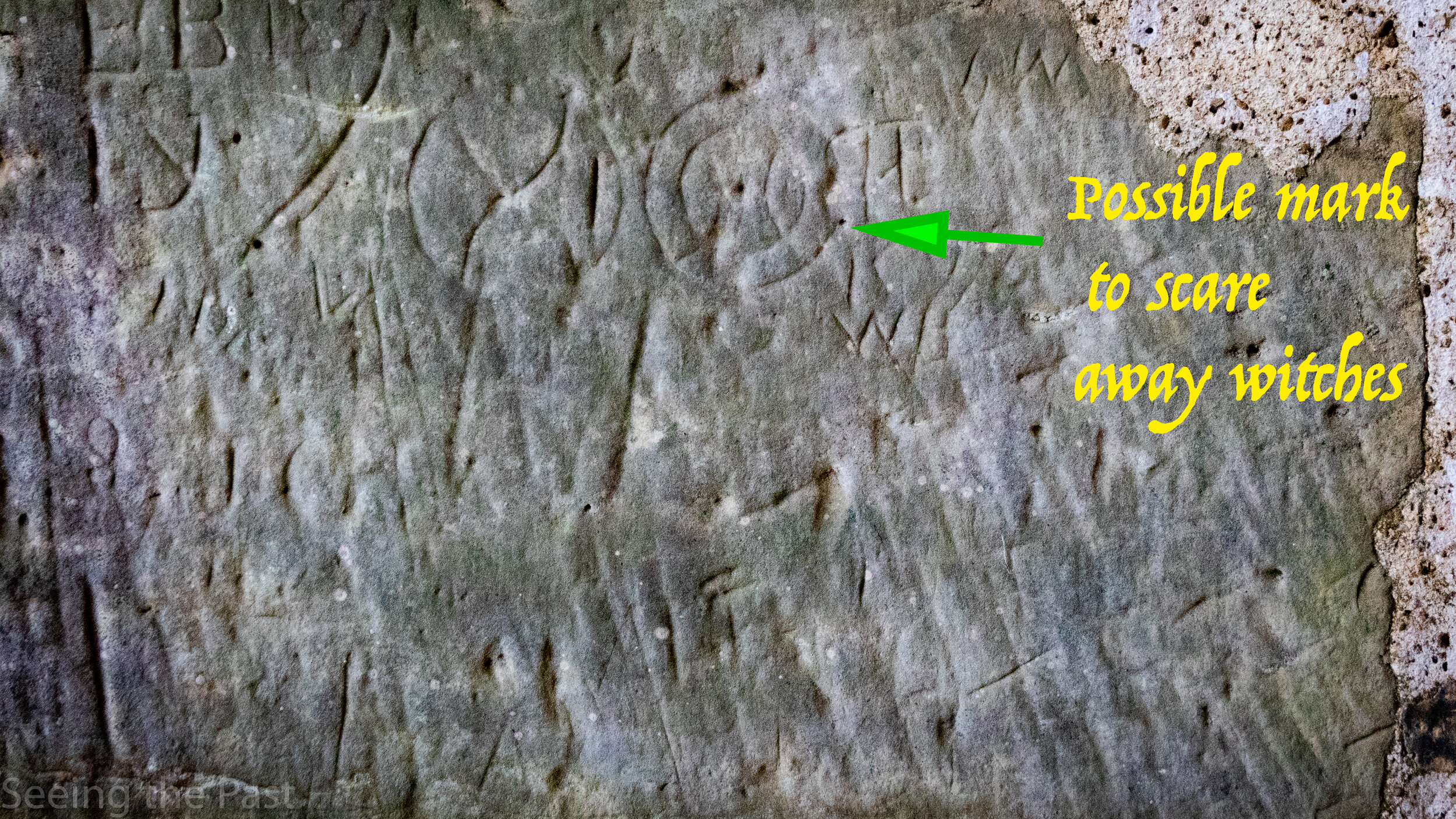







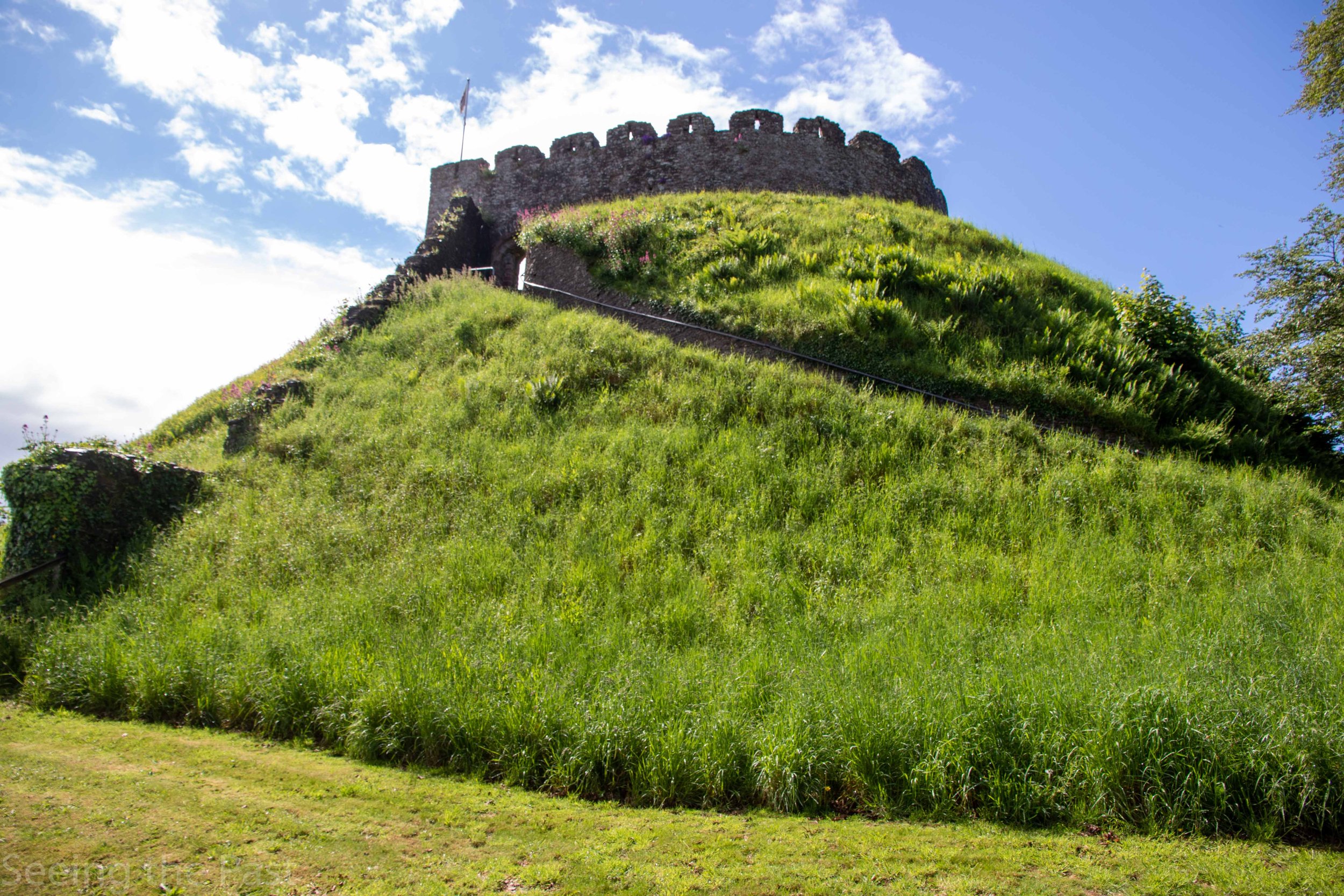

















As you wander around Kenilworth Castle it morphs from Medieval Fortifications to Tudor Palace and its story features John of Gaunt of medieval times to an Elizabethan love story involving Robert Dudley, aka the Earl of Leicester and Queen Elizabeth I. The castle was involved in the longest siege in English history and is an amazing place to explore. It features a huge square keep, the ruins of a medieval palace , Queen Elizabeth’s apartments and a reconstructed ornate garden created out of love for her.